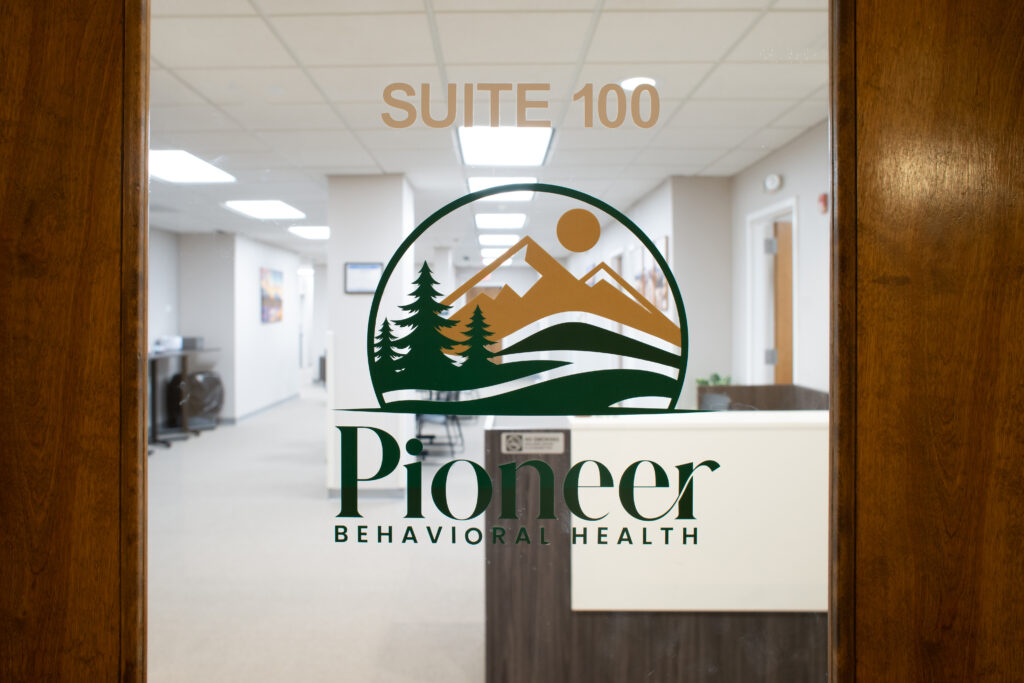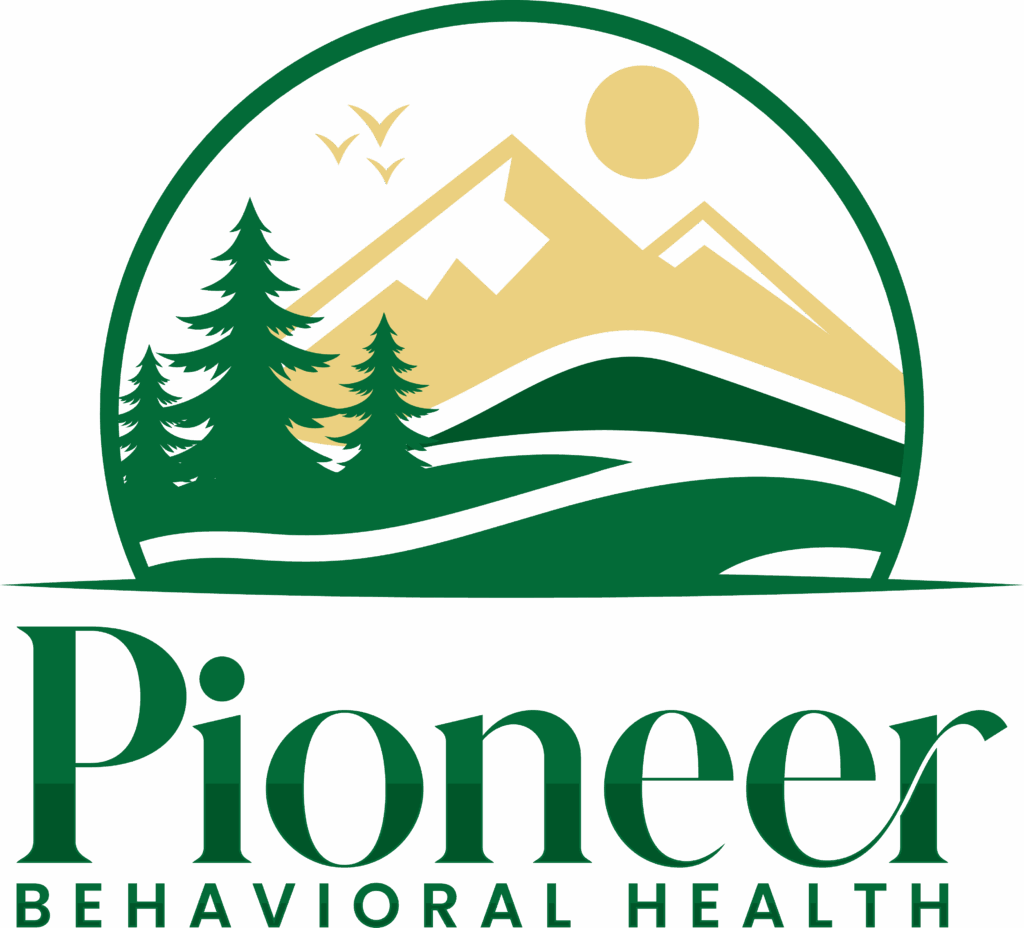Cognitive-behavioral therapy (CBT), dialectical behavioral therapy (DBT), and the 12 Steps each play a vital role in addiction recovery. While some may view these methods as separate or even contradictory, they actually work together, providing individuals with the tools they need to overcome both the mental and emotional challenges of addiction.
By addressing the root causes of addiction and offering practical strategies for long-term sobriety, these approaches create a well-rounded path to recovery.
Understanding the Challenge of Long-Term Sobriety

One of the greatest obstacles in addiction recovery is maintaining long-term sobriety. Many individuals struggling with addiction can stop using substances temporarily, but staying sober is a different challenge. The root of this struggle often lies in the mind, as described in the Big Book of Alcoholics Anonymous: “I can’t stay stopped!” This phrase encapsulates the internal battle many people face—the strong desire to stay sober is there, yet the mental and emotional difficulties of daily life often lead to relapse.
During sobriety, especially in the early stages, it is common to experience feelings of restlessness, irritability, and discontent. Learning to manage these emotions is crucial for maintaining long-term recovery. The 12 Steps provide a framework to help individuals address this internal struggle, guiding them toward emotional resilience and healthier coping mechanisms.
What Are the 12 Steps?
There is no single definitive list of the 12 Steps, as different versions exist. However, they all follow similar guiding principles:
- Acknowledging the need for help.
- Believing in the possibility of sobriety and self-worth.
- Committing to making positive life changes.
- Examining the factors that contributed to addiction.
- Reflecting on past behaviors and their consequences.
- Letting go of destructive thoughts, habits, and relationships.
- Taking action to build a healthier life.
- Recognizing the harm caused to others.
- Making amends where possible without causing further harm.
- Continuously evaluating behaviors to prevent relapse.
- Replacing negative habits with positive ones.
- Sharing the principles of recovery by leading a clean, kind, and fulfilling life.
How the 12 Steps Support Recovery
The 12 Steps are designed to help individuals achieve a transformative experience strong enough to overcome addiction. This process involves self-reflection, making amends, and discovering a sense of purpose beyond substance use. As individuals progress through the steps, they gain a deeper understanding of themselves, their behaviors, and the effects of their addiction on others.
The 12 Steps are often introduced through support groups like Alcoholics Anonymous (AA) and Narcotics Anonymous (NA). These groups create a community where individuals can share experiences, receive encouragement, and learn from others who have maintained sobriety.
However, the 12 Steps are not solely limited to peer support groups. They can also be integrated into professional treatment programs, where they are presented in a structured and educational format to enhance their effectiveness.
Combining the 12 Steps With CBT and DBT
While the 12 Steps emphasize personal growth and spiritual development, CBT and DBT provide practical tools for managing the thoughts, emotions, and behaviors that contribute to addiction. By combining these approaches, individuals can address both the cognitive and emotional aspects of recovery, creating a more well-rounded treatment plan.
- CBT helps individuals identify and challenge negative thought patterns that lead to substance use. It teaches techniques to reframe thoughts, develop healthier coping mechanisms, and manage cravings and triggers.
- DBT focuses on emotional regulation, mindfulness, and interpersonal effectiveness. It is particularly effective for individuals who struggle with intense emotions, self-destructive behaviors, and relationship challenges.
Together, these therapies help individuals develop the mental and emotional resilience needed to maintain long-term sobriety. By addressing the root causes of addiction, CBT and DBT enhance the effectiveness of the 12 Steps, making it easier for individuals to remain sober and build a fulfilling life.
The Role of Treatment Centers in Teaching the 12 Steps
In a treatment center setting, the 12 Steps can be taught in a structured and supportive manner, helping individuals understand the process and determine whether they are ready to commit to the journey of recovery. While some may attend AA or NA meetings for years without fully grasping the 12 Steps, treatment centers offer an environment where the steps can be explained, discussed, and tailored to an individual’s needs.
A common misconception about the 12 Steps is the emphasis on a “higher power” or spiritual belief. For some individuals, particularly those who are not religious or who have had negative experiences with organized religion, this concept can be a barrier to engaging with the program.
Within a treatment center, trained clinicians and peer-recovery advocates can help individuals explore the idea of a higher power in a way that is personally meaningful. The focus is not necessarily on religious beliefs but rather on finding a source of strength, motivation, and purpose that resonates with the individual.
Why the 12 Steps Are Effective in Treatment Settings
One of the key benefits of introducing the 12 Steps in a treatment setting is the opportunity for personalized guidance and support. Trained professionals can help individuals work through the steps, address challenges, and apply the principles of recovery to their daily lives. Peer-recovery advocates, who have gone through the 12 Steps themselves, offer real-world insight and encouragement.
Additionally, the structured environment of a treatment center provides accountability and focus as individuals navigate the steps. This combination of professional guidance and peer support fosters a sense of community and connection, both of which are essential for maintaining long-term recovery.
By integrating the 12 Steps with evidence-based therapies like CBT and DBT, treatment centers offer a comprehensive approach that addresses both the emotional and cognitive aspects of addiction.
Addiction Recovery at Pioneer Behavioral Health

At Pioneer Behavioral Health, we believe that long-term recovery is achievable through a combination of the 12 Steps and evidence-based therapies. Our team of dedicated professionals understands the challenges of addiction firsthand, and we are committed to helping individuals reclaim their lives through personalized treatment and compassionate support.
Our outpatient programs provide individuals with the resources and tools needed for lasting sobriety. By integrating the 12 Steps with CBT, DBT, and other therapeutic approaches, we help individuals address the underlying causes of addiction and develop the skills necessary to maintain long-term recovery. Our peer-recovery advocates, many of whom have experienced long-term sobriety themselves, offer valuable encouragement and guidance, helping individuals feel understood and empowered throughout their journey.
Contact Pioneer Behavioral Health
If you or a loved one is struggling with addiction, Pioneer Behavioral Health is here to help. Our comprehensive treatment programs combine the transformative power of the 12 Steps with the practical strategies of CBT and DBT, providing a holistic path to recovery. Whether you’re just beginning your journey or need support for long-term sobriety, our compassionate team is dedicated to helping you achieve lasting freedom from addiction.

